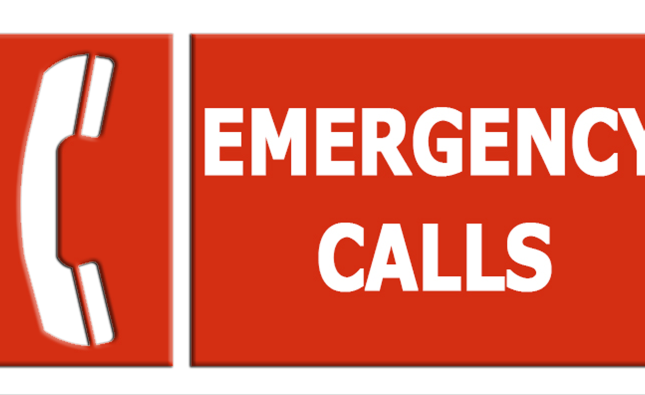
Introduction: Childhood trauma can be incredibly painful, but it doesn’t have to define your life. By cultivating resilience and harnessing your inner strength, you can transform your pain into power and overcome the effects of childhood trauma. This guide explores the concept of resilience and provides practical strategies to help you navigate the path towards healing, growth, and reclaiming your life.
- Understanding Resilience: Resilience is the ability to bounce back from adversity and grow stronger in the face of challenges. Recognize that resilience is not a fixed trait, but a skill that can be developed and nurtured. Understanding the concept of resilience empowers you to believe in your capacity to overcome childhood trauma.
- Acknowledge the Impact of Childhood Trauma: Acknowledge the impact of childhood trauma on your life, including the challenges it has presented and the ways it has shaped your beliefs and behaviors. By acknowledging the impact, you can take ownership of your healing journey and begin to focus on building resilience.
- Cultivate Self-Compassion: Practice self-compassion by treating yourself with kindness, understanding, and patience. Be gentle with yourself as you navigate the healing process. Acknowledge that healing takes time and that setbacks are a natural part of the journey. Embracing self-compassion allows you to nurture resilience within yourself.
- Seek Professional Support: Consider working with a therapist or counselor who specializes in trauma. They can provide guidance, tools, and support tailored to your unique needs. A trauma-informed professional can help you navigate the complexities of healing from childhood trauma and cultivate resilience along the way.
- Build a Supportive Network: Surround yourself with a supportive network of individuals who uplift and encourage you. Seek out friends, family members, support groups, or online communities that understand and validate your experiences. Connecting with others who have overcome similar challenges can inspire and reinforce your resilience.
- Embrace a Growth Mindset: Adopt a growth mindset, believing that your abilities and qualities can be developed through dedication and effort. Embrace challenges as opportunities for growth and learning. View setbacks as temporary and see them as stepping stones towards your healing and transformation.
- Practice Self-Care: Prioritize self-care as a means of nurturing your physical, emotional, and mental well-being. Engage in activities that replenish your energy and promote self-healing. This may include exercise, mindfulness practices, creative outlets, spending time in nature, or engaging in hobbies that bring you joy and peace.
- Develop Coping Strategies: Identify and develop healthy coping strategies that support your resilience. This may involve deep breathing exercises, grounding techniques, journaling, seeking support from loved ones, or engaging in activities that promote relaxation and self-expression. Coping strategies help you navigate challenging moments and build resilience over time.
- Challenge Limiting Beliefs: Identify and challenge limiting beliefs that may have resulted from childhood trauma. Replace negative self-talk with empowering and affirming statements. Surround yourself with positive influences and seek therapy to work through deep-rooted beliefs that may hinder your resilience and growth.
- Celebrate Progress and Successes: Acknowledge and celebrate your progress and successes, no matter how small they may seem. Recognize the resilience you have already demonstrated and use it as fuel to propel you forward. Celebrating your accomplishments builds confidence and reinforces your ability to overcome childhood trauma.
Conclusion: Overcoming childhood trauma through resilience is a transformative journey that requires self-compassion, support, and a commitment to personal growth. By understanding resilience, acknowledging the impact of trauma, cultivating self-compassion, seeking professional support, building a supportive network, embracing a growth mindset, practicing self-care, developing coping strategies, challenging limiting beliefs, and celebrating your progress, you can turn your pain into power and create a life filled with healing, resilience, and fulfillment. Remember, you have the strength within you to overcome, grow, and thrive beyond the effects of childhood trauma.










